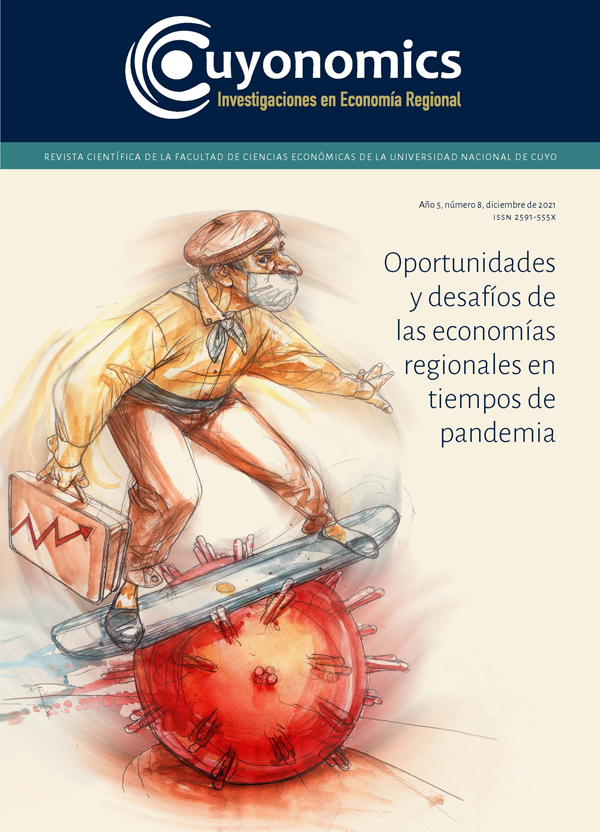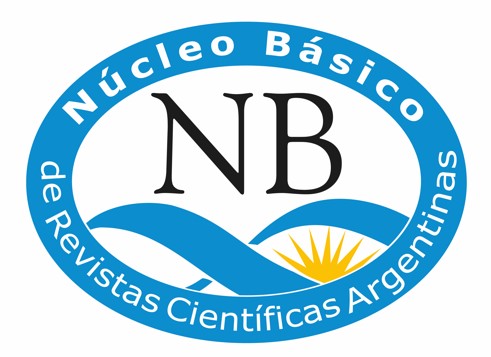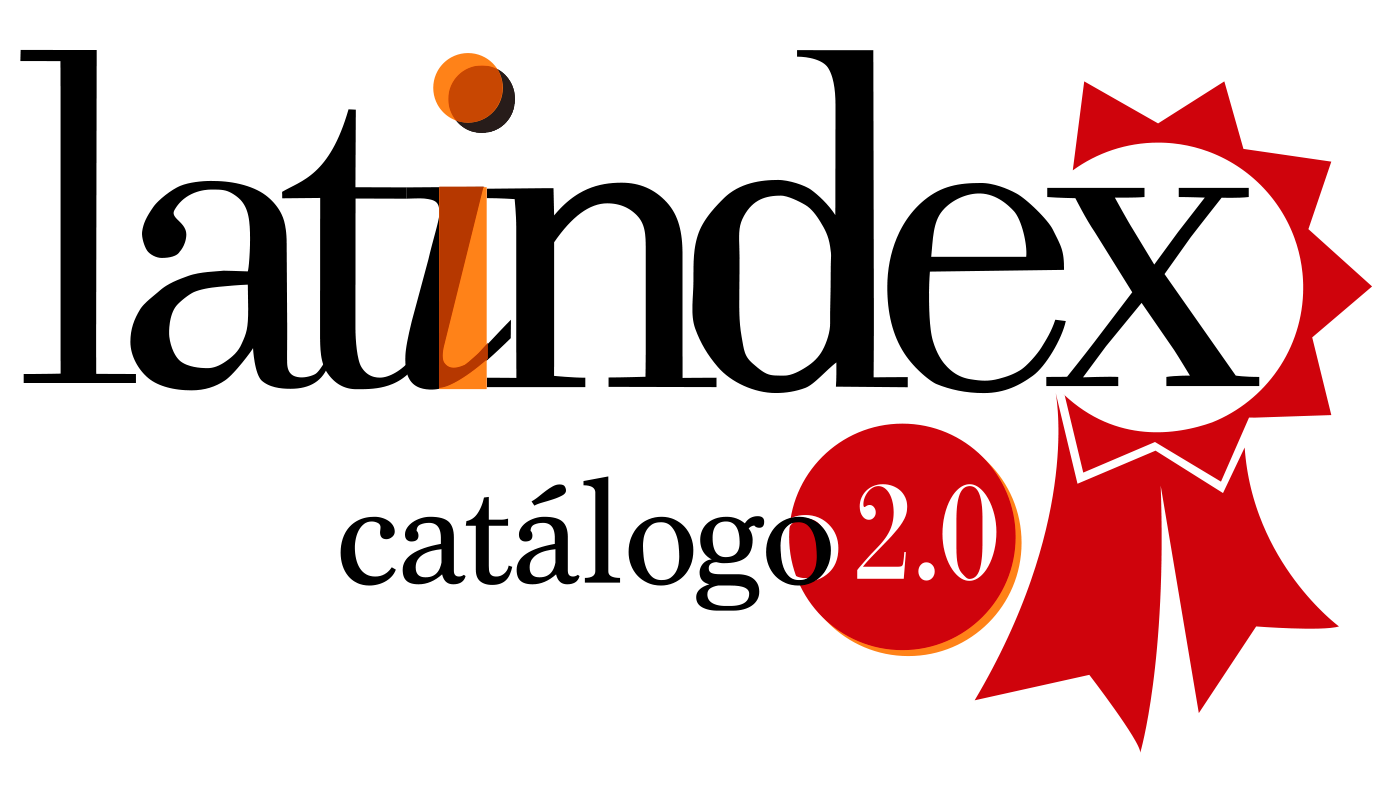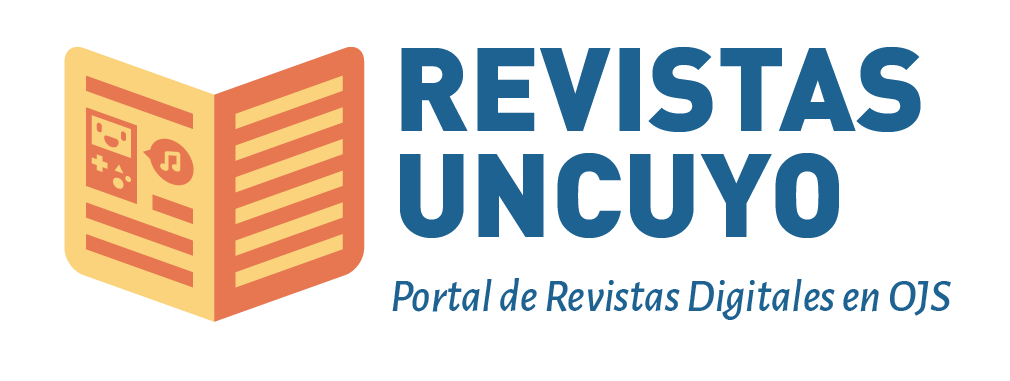Impacto das variáveis econômicas da produção canavieira em São Paulo
Recorte para Araraquara, Jaboticabal, Piracicaba, Ribeirão Preto e São Carlos, 2001-2016
DOI:
https://doi.org/10.48162/rev.42.037Abstract
The general goal of the manuscript is to carry out a descriptive comparative analysis about production, planted area, sugarcane productivity, prices paid to rural producers, and the prices of the most important inputs used in sugarcane production, the minimum
wage and prices of the most important inputs used in production:fertilizers, herbicides, and diesel oil in the most traditional sugarcane producing micro-regions in the state of São Paulo: Araraquara, Jaboticabal, Piracicaba, Ribeirão Preto and São Carlos between years from 2001 to 2016. For the five microregions analyzed, the harvested area grew by 345,000 hectares, representing an increase of 42 %, and production grew 28 million tons, accounting for 45 %. Ribeirão Preto stood out as the microregion with the largest planted area and sugarcane production, and Jaboticabal stood out for its productivity. The price of sugarcane underwent cyclical variations in the period without a defined trend. Fertilizer prices fell between 2009 and 2014 and then returned to an upward trend from 2015. The herbicide experienced a downward trend between 2005 and 2014 and then resumed its growth. Diesel experienced a downward trend between 2008 and 2010 and subsequently resumed its growth. Minimum wages grew over the period.
Keywords: sugarcane, harvested area, productivity, five microregions
Downloads
Downloads
Published
How to Cite
Issue
Section
License

This work is licensed under a Creative Commons Attribution-NonCommercial-ShareAlike 4.0 International License.
Los contenidos de la revista se encuentran bajo una licencia CC BY-NC-SA 4.0 (Creative Commons Atribución - No Comercial - Compartir Igual 4.0 Internacional.
Los editores se atienen a lo establecido por la ley 11723 - Régimen Legal de la Propiedad Intelectual.








